For those who suffer from allergies, the idea of bringing plants into the home can be daunting. Many common houseplants can emit strong fragrances, produce pollen, or harbor mold, all of which can exacerbate allergy symptoms. However, there is a diverse range of indoor plants that can enhance air quality without compromising comfort for allergy sufferers. Here’s a comprehensive look at unique indoor plants that are particularly suitable for those with allergies.
Spider Plant (Chlorophytum comosum)

The Spider Plant is a resilient choice for allergy sufferers. Known for its air-purifying capabilities, it can effectively remove airborne toxins like formaldehyde and xylene. This plant thrives in indirect sunlight and requires minimal watering, making it an excellent low-maintenance option. The long arching green leaves can also create visual interest in any space, adding a touch of freshness.
Boston Fern (Nephrolepis exaltata)
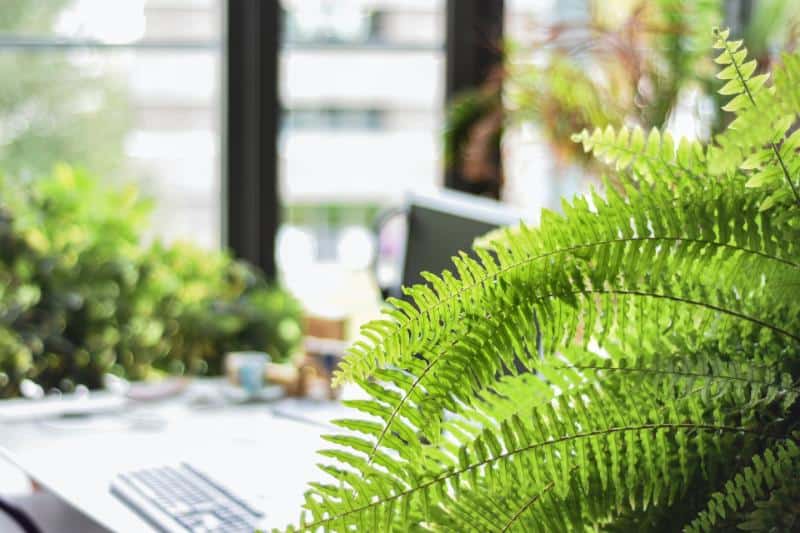
Boston Ferns are exceptional at removing indoor pollutants and increasing humidity, which can be beneficial for allergy sufferers. Though they require a bit more humidity, keeping them in a bathroom or kitchen can be advantageous. These lush, feathery fronds whisk dust from the air, acting as a natural air filter.
Rubber Plant (Ficus elastica)

The Rubber Plant is celebrated for its ability to absorb airborne toxins. Its thick, glossy leaves can trap dust and allergens, making it an ideal choice for homes with allergy sufferers. This plant prefers bright, indirect light but can adapt to lower lighting conditions, adding a touch of greenery wherever it is placed.
Peace Lily (Spathiphyllum spp.)

The Peace Lily is a popular choice due to its striking white flowers and air-purifying qualities. This plant thrives in low-light conditions and can effectively filter out harmful chemicals like ammonia and formaldehyde. It has low pollen levels, which reduces the risk of triggering allergies.
ZZ Plant (Zamioculcas zamiifolia)
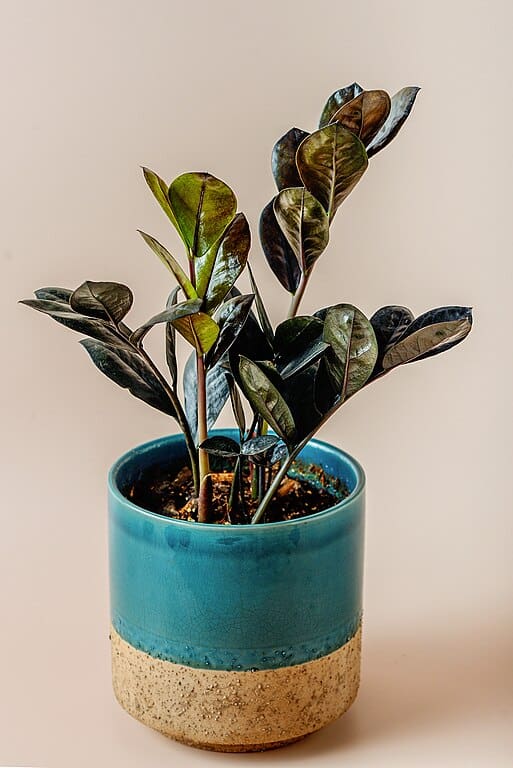
The ZZ Plant is known for its resilience and adaptability. It thrives on neglect, making it perfect for busy individuals. The ZZ Plant produces minimal pollen and helps to purify the air by removing toxins. Its glossy green leaves can brighten any indoor space, making it both functional and stylish.
Snake Plant (Sansevieria trifasciata)
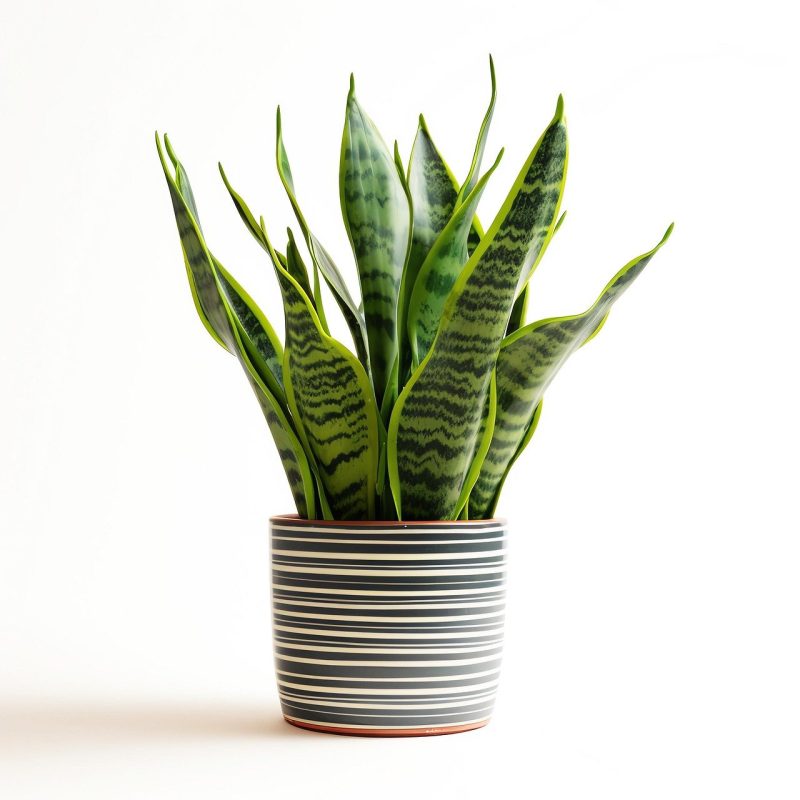
Often called “Mother-in-Law’s Tongue,” the Snake Plant is a highly popular indoor plant due to its air-purifying abilities. This hardy plant converts CO2 into oxygen at night, making it a great addition to bedrooms. It requires very little water and can thrive in various lighting conditions, making it accessible for anyone.
Pothos (Epipremnum aureum)

Pothos is a versatile trailing plant that offers multiple benefits without being a nuisance to allergy sufferers. It is effective at filtering indoor air pollutants and can thrive in various light conditions, including low-light areas. Its cascading vines add an artistic touch to decor while maintaining a clean airy feel.
Cast Iron Plant (Aspidistra elatior)
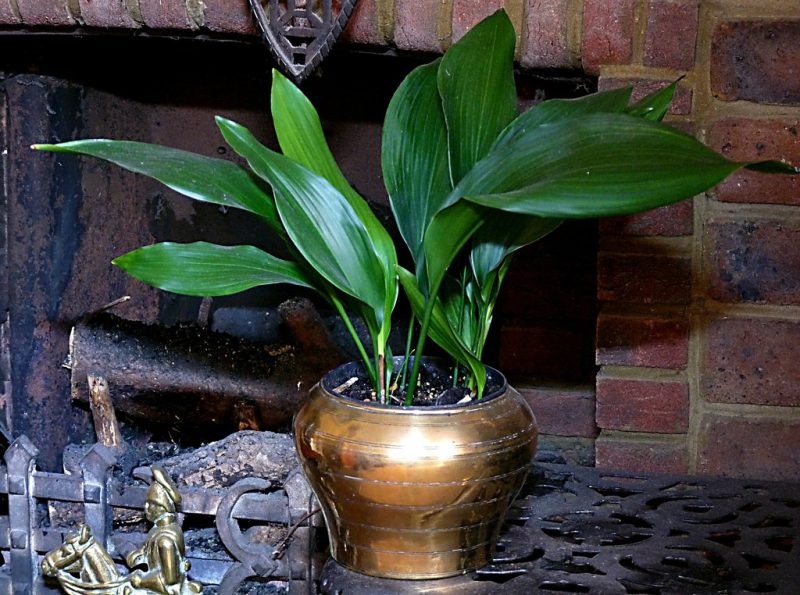
True to its name, the Cast Iron Plant is incredibly hardy and can withstand neglect. Known to thrive in low-light situations, this plant does not produce significant pollen or fragrances, making it a great fit for sensitive environments. Its robust, dark green leaves provide a classic look that suits any indoor setting.
Dracaena (Dracaena spp.)
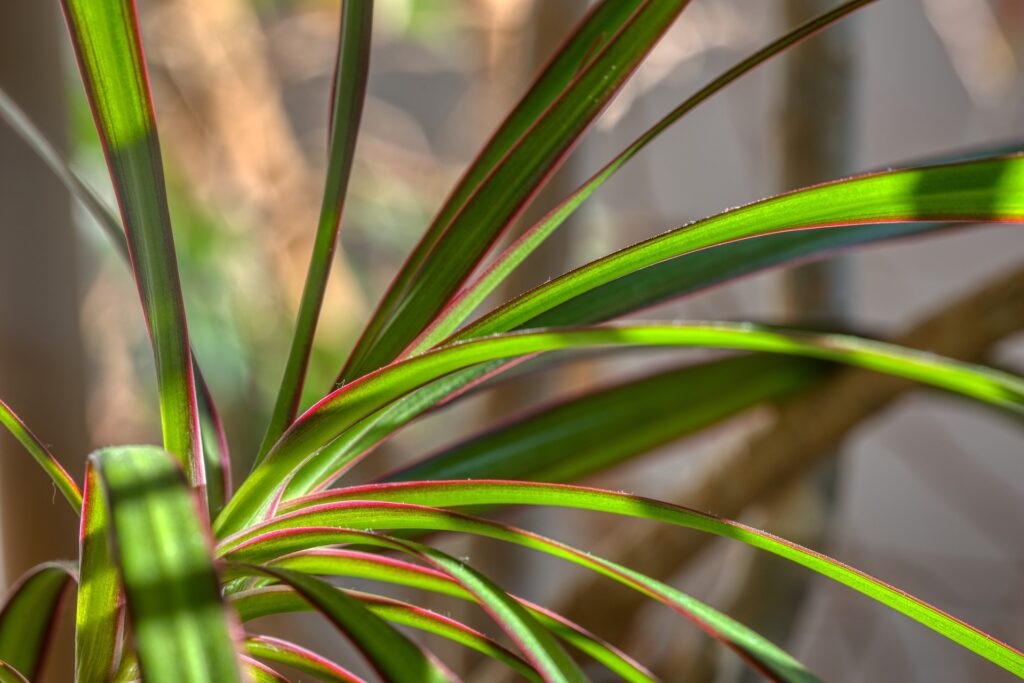
Dracaena plants come in various species and sizes, excelling in filtering toxins from indoor air. These hardy plants thrive in low to moderate light and are easy to care for. Their attractive, long leaves can add a tropical feel to any room, all while being gentle on allergy sufferers.
Lady Fern (Athyrium filix-femina)
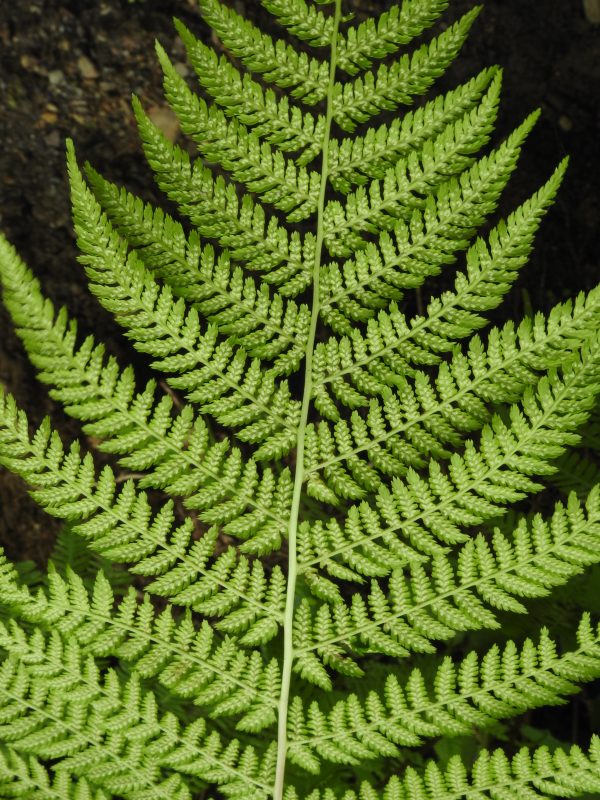
With its delicate, lacy fronds, the Lady Fern is not only visually appealing but also beneficial in maintaining indoor air quality. This semi-tropical plant helps release moisture into the air, creating a more humid environment that can help reduce allergens. It thrives in indirect light and requires regular watering to keep its soil moist, making it suitable for locations such as bathrooms or kitchens, where humidity levels are naturally higher.
Chinese Evergreen (Aglaonema)
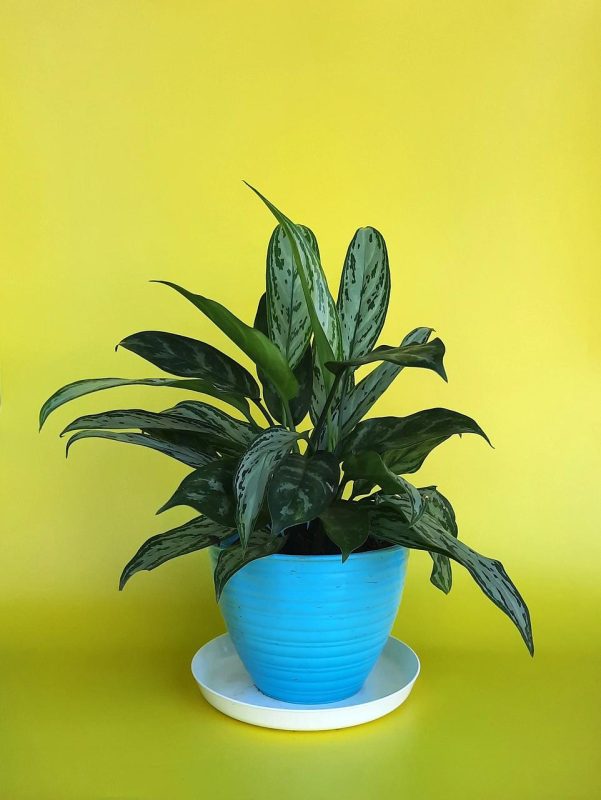
Chinese Evergreens are notable for their ability to thrive in low-light and humid conditions, making them perfect for indoor spaces. They produce very little pollen, and their leaves can effectively filter toxins from the air, creating a healthier living environment. With numerous varieties showcasing a range of beautiful foliage colors and patterns, they can add an aesthetic appeal while promoting air purification.
Aloe Vera (Aloe barbadensis miller)
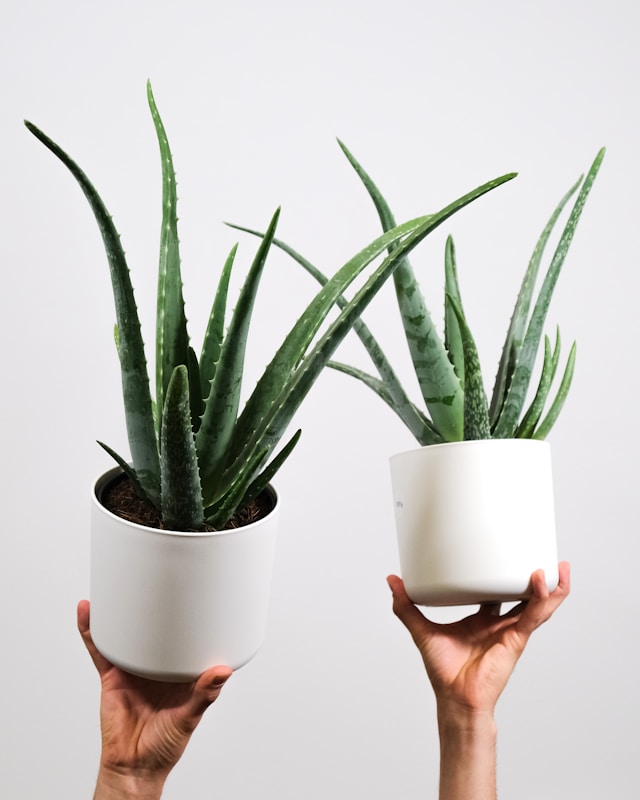
Aloe Vera is not only a popular medicinal plant, but it also serves as a wonderful indoor plant for allergy sufferers. This succulent is known for its ability to remove harmful chemicals from the air and improve overall air quality. Aloe Vera thrives with minimal care, only needing bright indirect light and infrequent watering. Its gel-filled leaves also provide soothing relief for various skin irritations, making it a helpful addition to any household.
Areca Palm (Dypsis lutescens)
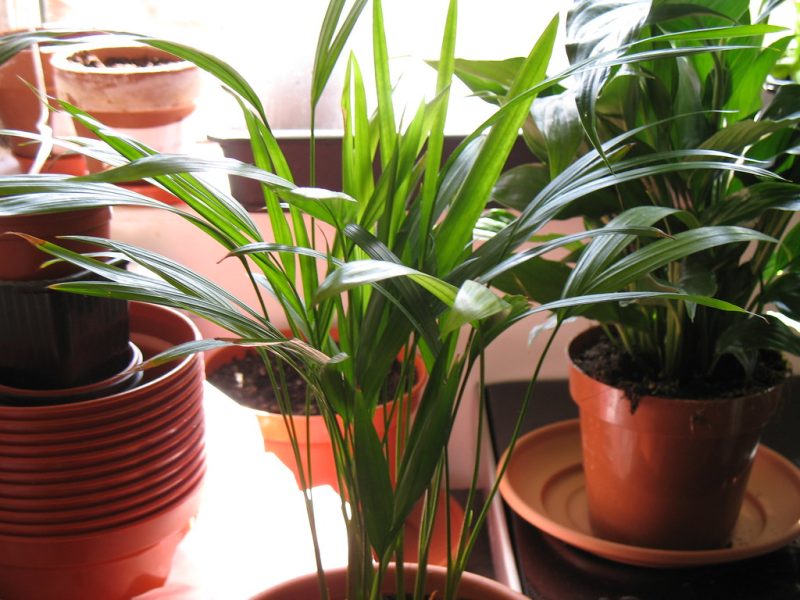
The Areca Palm is an attractive indoor plant that serves as a natural humidifier. It is very efficient in removing indoor air pollutants and is often cited as one of the best plants for purifying air. With its feathery, arching fronds, it can bring a tropical vibe to homes while promoting a comfortable atmosphere, especially during dry seasons when allergies may be exacerbated by dry air.
Cornellia Fern (Nephrolepis exaltata ‘Cornellii’)

The Cornellia Fern is a unique variety of Boston Fern, renowned for its compact, curly leaves. This plant excels in improving indoor air quality while being a visual delight. It thrives in humidity and indirect sunlight, making it ideal for kitchens or bathrooms. Its fine foliage captures dust and allergens, helping to keep the air clean without aggravating allergy symptoms.
Ficus Lyrata (Fiddle Leaf Fig)
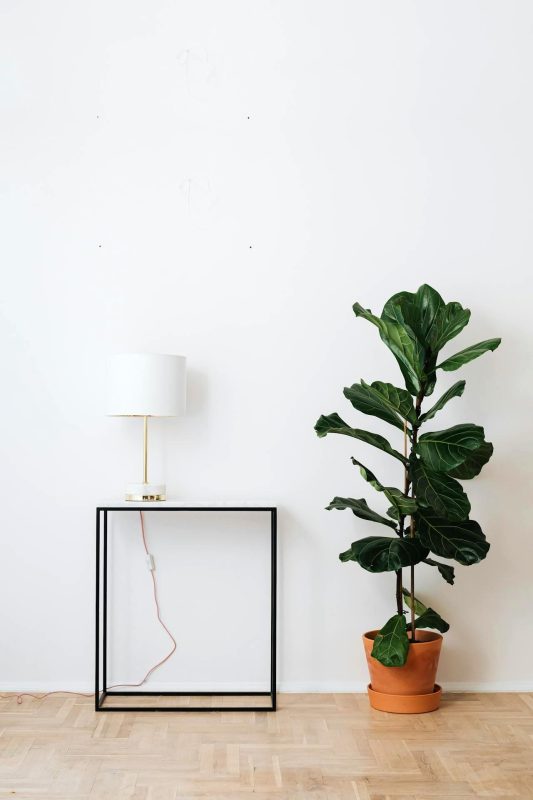
While the Fiddle Leaf Fig has gained immense popularity as a statement piece in home decor, it remains a solid choice for those with allergies. This plant features large, waxy leaves that can capture dust and purify the air. The Fiddle Leaf Fig prefers bright, indirect light and should be rotated occasionally for even growth. An attractive piece of living décor, it can enhance the beauty of any room without compromising respiratory comfort.
Air Plants (Tillandsia)
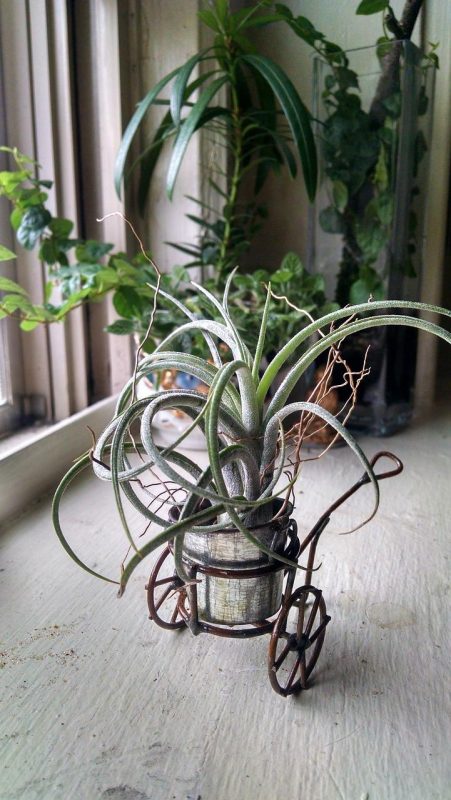
Air Plants are fascinating in their ability to thrive without soil, deriving moisture and nutrients from the air. They are perfect for allergy sufferers because they produce no pollen and have minimal maintenance requirements. Air Plants can be creatively displayed in terrariums or hanging setups, providing unique décor options while helping to purify the air.
Philodendron (Philodendron spp.)

Philodendrons are commonly known for their heart-shaped leaves and ease of care. They can adapt well to various light conditions, making them appropriate for different rooms in the home. Beyond their attractiveness, Philodendrons are also efficient at filtering indoor air pollutants without releasing fragrances or high pollen levels, ensuring a more comfortable environment for allergy sufferers.
Parlor Palm (Chamaedorea elegans)
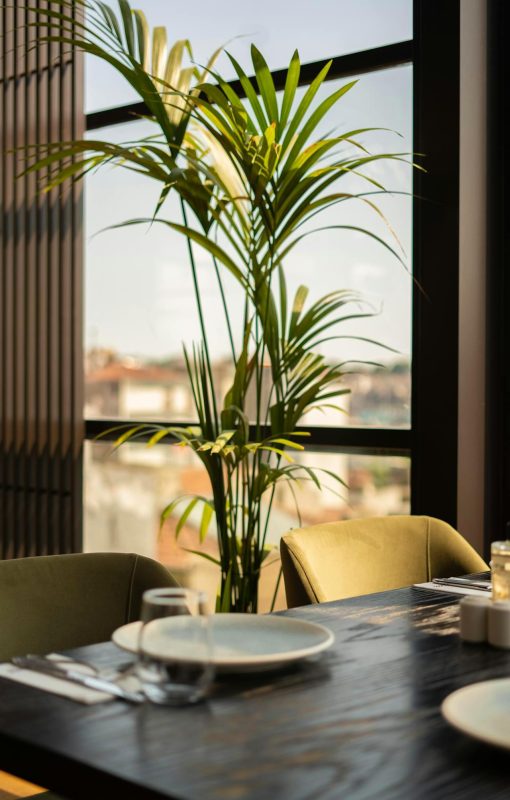
This elegant palm is one of the best tropical plants for improving indoor air quality. The Parlor Palm thrives in low-light conditions and doesn’t produce harsh odors or pollen, making it a safe choice for those with sensitivities. Its gentle green appearance adds a calming vibe to rooms.
Bamboo Palm (Chamaedorea seifrizii)
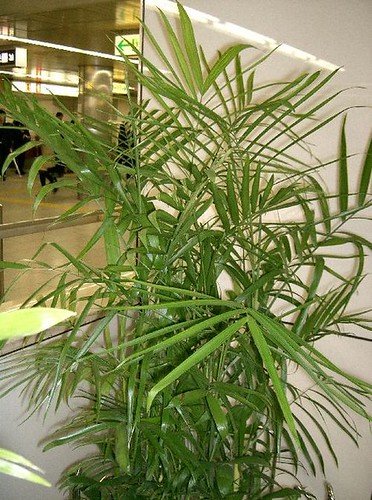
Bamboo Palm is another excellent air purifier that effectively filters out benzene, formaldehyde, and trichloroethylene. It prefers indirect light and can adapt to various indoor conditions. With its attractive feathery fronds, it fits nicely in living rooms or offices without triggering allergic reactions.
Lady Palm (Rhapis excelsa)
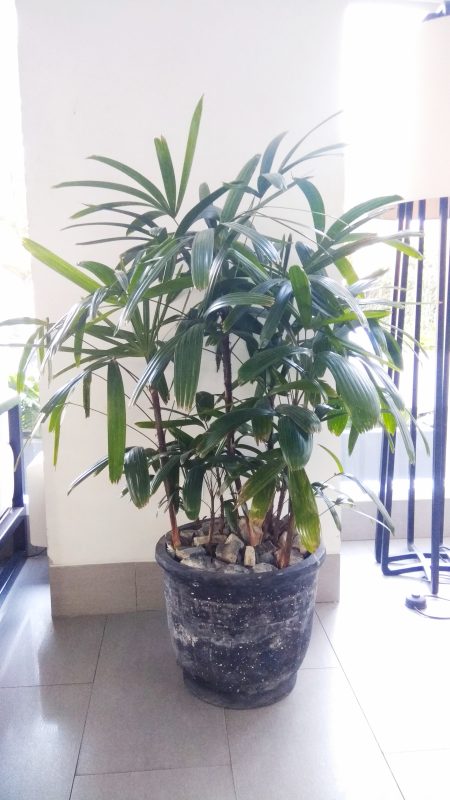
The Lady Palm is a versatile indoor plant that helps to remove indoor toxins while being non-toxic to pets. Its beautiful fan-like leaves not only enhance the aesthetic of any room but also work to increase humidity, creating a more comfortable environment for allergy sufferers.
Summary
Creating a home that accommodates those with allergies doesn’t mean sacrificing the beauty and benefits that indoor plants can provide. By selecting plants that have reduced pollen production, low fragrance, and air-purifying properties, anyone can create an inviting green oasis. From the resilient Snake Plant to the stunning Fiddle Leaf Fig, there is a wide range of plants that can thrive in indoor environments while promoting a healthier atmosphere.
When choosing plants, consider their care requirements, light preferences, and the specific allergies of the individuals in the household to ensure a harmonious blend of nature and health. Incorporating these allergy-friendly plants into your home can not only beautify your space but also help alleviate respiratory issues, leading to a calm, restful environment.





